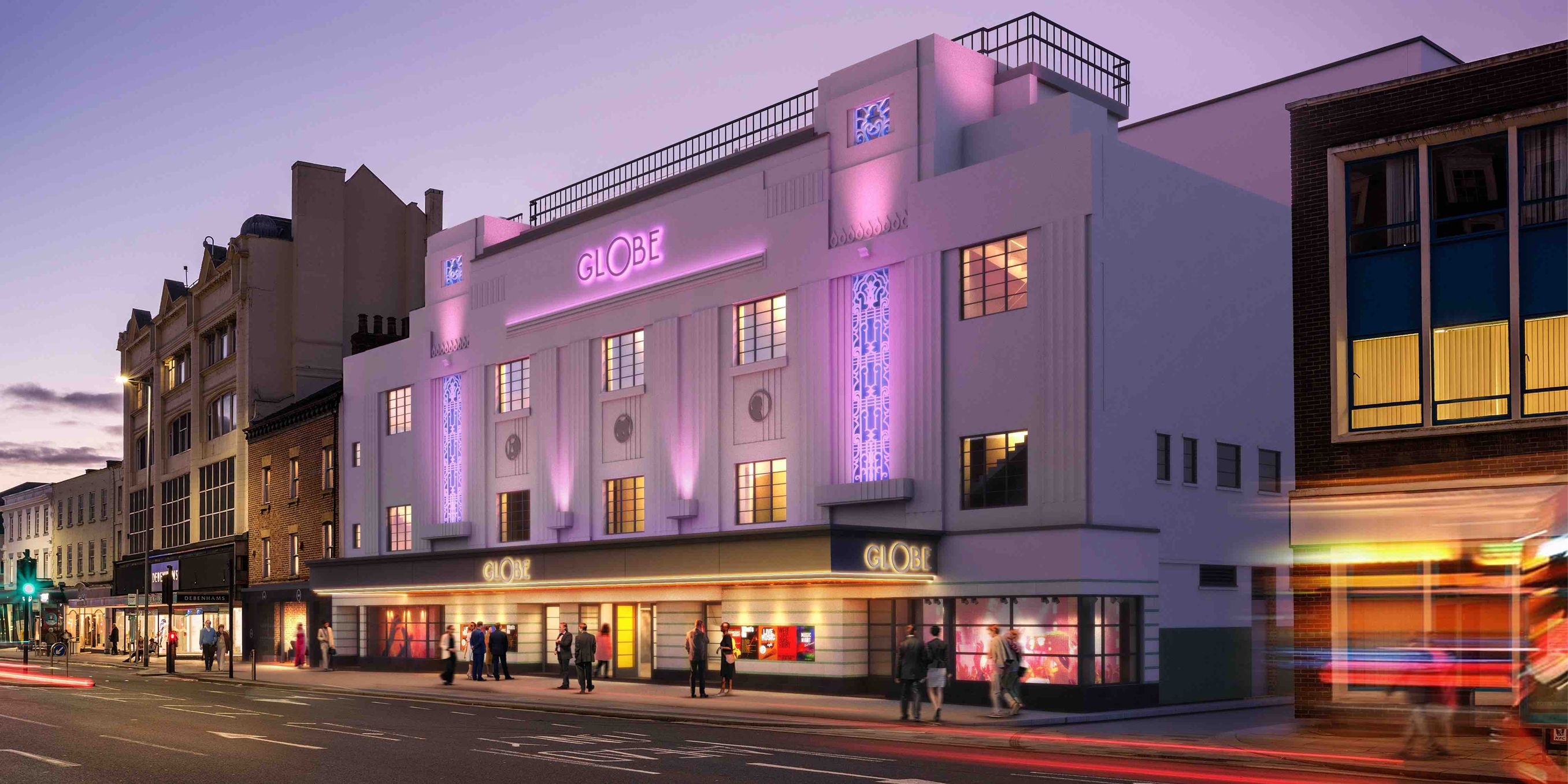
This is why we need creative re-use
Since Space was established over 60 years ago, we have brought many buildings back to life by creating new uses or enhancing their existing use.
We refer to this as creative re-use. We have designed hotels, theatres and offices all within existing buildings with a growing number on the drawing board. All of these developments deliver far more than their functional requirements: providing additional social, economic and environmental value.
For example, the recently completed Darlington Theatre regeneration encouraged additional activity in the town centre whilst the ongoing redevelopment of Stockton Theatre will help the regeneration of Stockton too.
There is debate as to whether it is more expensive to regenerate an existing building or build a new one. However, the value goes way beyond capital investment as existing buildings provide a far wider range of benefits.
In the past decade, local authorities and developers have been paying more attention to fostering sustainable urban development and growth to improve the quality of life in urban areas.
The decline of heavy industry during the early and mid-twentieth century due to the shift in our economy from industrial to service provider has left a legacy of abandonment and under-utilised buildings across the country.
Planners are constantly looking for alternatives to conventional development patterns that destroy open land and create urban sprawl, drawing vitality from existing inner-city communities.
Decentralisation of population and employment continues to be the dominant reality of most urban centres. The rising number of empty buildings and vacant sites is a clear indication of the move to the outlying areas.
Over recent years, studies have suggested that urban sprawl has impacted upon the health and quality of life in city centres. The population density in city centres continues to decline as a result of the increase in development beyond the green belt. Local authorities are pressured to allow additional housing whilst also needing to develop more urban areas.
Traditionally developers, investors and stakeholders have shown minimal interest in investing in existing heritage buildings. This lack of interest is the result of a common notion that they may be too risky to develop - especially since they can still find many greenfield areas in the urban periphery.
However, there is an excellent opportunity for sustainable urban development or what is often referred to as ‘smart growth’. The Millennial Generation and the emerging Generation Z need flexibility and are less interested in ownership; reluctant to buy homes or cars. City centres give them access to leisure activity and good public transport links.
Developers are often wary of commitment to existing buildings due to the unknown; listed buildings can be high risk and unpredictable. There are a number of terms used when referring to existing buildings which are subtly but significantly different.
The words preservation, restoration and conservation are all regularly used.
Preservation is an end in itself to keep or maintain buildings unaltered. Restoration is the restoration of materials back to their original state. This can be expensive and provide little commercial return, making investment less sustainable.
Our focus is conservation: a process that preserves, protects and maintains the building during physical change.
The term conservation allows changing the use of the building without altering its character or compromising its heritage values. Conservation can be accomplished practically and cost effectively but also sustains a building’s future by making it economically viable. The mixed-use development we are developing on Grey Street in Newcastle is a perfect example of giving decaying buildings a long-term future while regenerating an important part of the city.
Investment and the re-use of existing buildings has the benefit of additional value beyond the economic benefit. The economic benefits include a multiplier effect of encouraging additional people into the city which generates money which can be investment in future development. The local authority can also benefit from additional business rates which can be reinvested.
The use of existing buildings is attractive, environmental and responds positively to the circular economy. By reducing the need for materials there is an obvious reduction in embedded energy. As well as economic and environmental benefits there is also the social value through the sense of place of the built and natural environments or elements that express the distinctiveness of community or a neighbourhood.
Undoubtedly, creative re-use is one of the most effective ways to regenerate urban centres and to create new communities for the emerging generations.
Old buildings contribute to the significance and identity of the urban fabric to a great extent. Maintaining these buildings enhances the value of history, continuity, identity and small groups - all elements that are essential for a sustainable economic development.
Often such developments may be more expensive than a new build development. However, the value goes beyond the commercial functionality of a building. For example, the recent redevelopment of the Spanish City was a big commercial risk but the regeneration benefits were huge. It could be said these benefits are beyond the responsibility of the private operator - on this basis, there is a need for additional investment by the local authority to build new communities.
There is a snowball effect from these investments as they encourage further private sector investment. Local authorities and the private sector need to work together to sustainably regenerate urban centres. This cannot work if they work independently.
